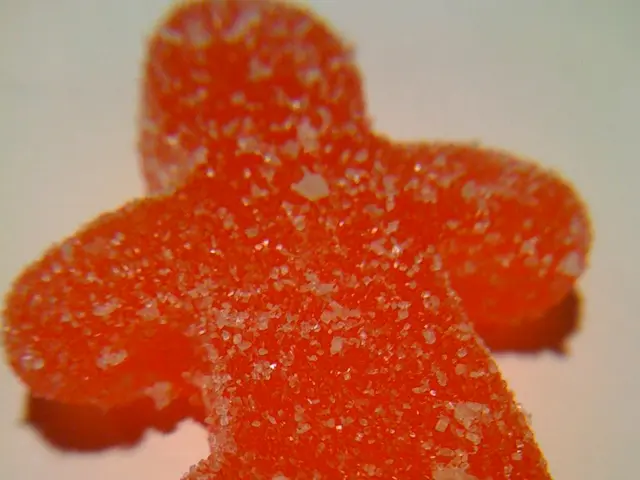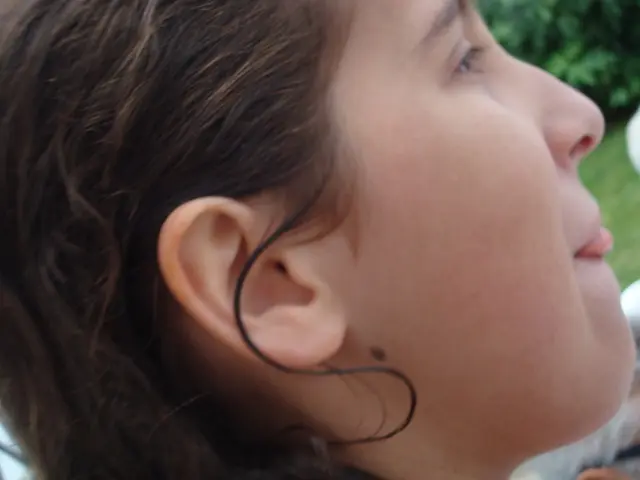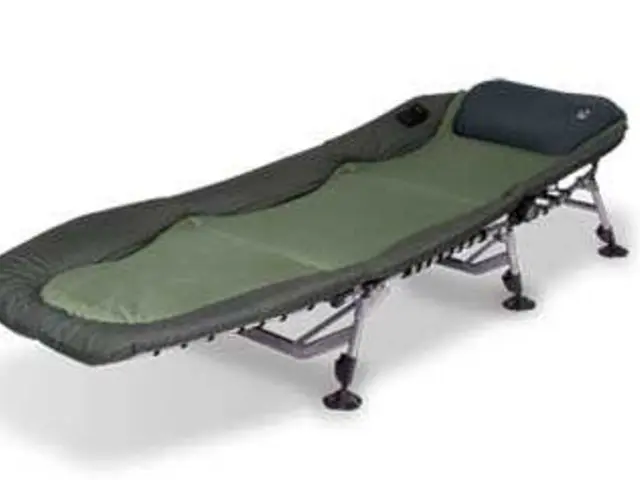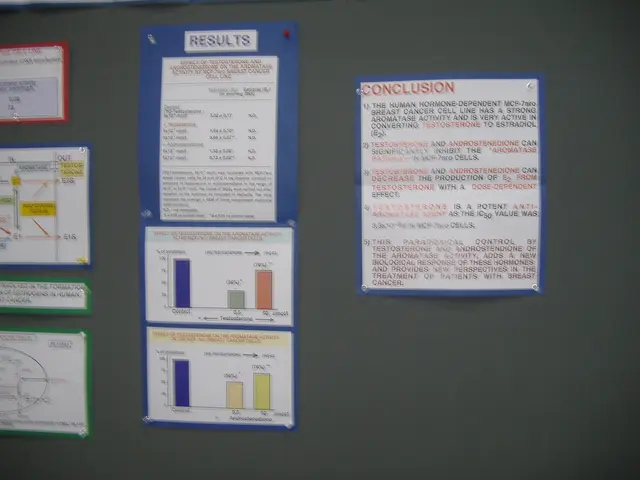The connection between opioids and itching: an exploration
In recent years, a growing number of people have reported experiencing extreme itching as a side effect of prescription opioid medications. This itching, known as opioid-induced itching, can be a bothersome and uncomfortable symptom for those affected.
The primary cause of opioid-induced itching is the activation of opioid receptors (MOR) on specific neurons in the spinal cord. This activation leads to a neural circuit disinhibition that triggers the itch response. More specifically, opioids act on MOR on neuropeptide Y (NPY)+ inhibitory neurons in the spinal dorsal horn, disinhibiting gastrin-releasing peptide (GRP) neurons and their receptors (GRPR), resulting in itch signaling.
Management of opioid-induced itch typically involves several strategies. Using opioid antagonists or partial agonists to mitigate itch without compromising analgesia is one approach. Administration of antihistamines may also be considered, although histamine-independent pathways suggest limited efficacy. Switching or rotating opioids to reduce itch severity is another option. In some cases, targeting the specific neural circuits or receptors involved (such as NPY1R or GRPR antagonism) may be a future therapeutic direction, pending clinical availability. Supportive measures like topical treatments and systemic antipruritics may also be used, depending on the severity of the itching.
Because the itch is centrally mediated through MOR in spinal circuits, treatments focused on receptor modulation and neural circuit inhibition are most relevant. Symptomatic treatments like antihistamines may be less effective since opioid-induced itch can be histamine-independent.
It's important to note that opioid use can have a range of negative side effects, including the potential for overdose, increased risk of opioid use disorder with long-term use, and other life-threatening side effects. If you or someone close to you is experiencing extreme itching from prescription opioid medications, it's crucial to speak with your doctor about potential alternatives or medications that can alleviate the symptoms.
Fortunately, there are resources available for people living with opioid use disorder. The Substance Abuse and Mental Health Services Administration (SAMHSA), Overdose Lifeline, and GuideStar are valuable resources for those seeking help. Counseling and behavioral therapies, coupled with medications, are also used to help people recover from opioid use disorder.
In addition, opioid use disorder is a treatable condition. Breaking the cycle of opioid use can be difficult, but with comprehensive care that addresses all aspects of a person's life, recovery is possible. If you or someone close to you is showing signs of addiction, you can contact SAMHSA or the 988 Suicide & Crisis Lifeline for immediate help and advice.
In conclusion, opioid-induced itching results from MOR-mediated disinhibition of itch-specific spinal neural circuits involving NPY and GRP neurons, and management often requires opioid rotation, receptor antagonists, or symptomatic therapy tailored to the underlying neural mechanism. With the right care and resources, it's possible to manage opioid-induced itching and overcome opioid use disorder.
- Depression and anxiety can be side effects of living with opioid use disorder, emphasizing the need for mental health support.
- Multiple health conditions, such as diabetes, psoriasis, asthma, COPD, and migraine, can coexist with opioid use disorder.
- NSCLC patients, subject to lung cancer treatment, might also experience opioid-induced itching.
- Science continues to explore potential links between obesity and itch sensitivity, possibly exacerbating opioid-induced itching symptoms.
- The itching associated with psoriatic arthritis can sometimes be mistaken for opioid-induced itch.
- Mastocytosis, a disease characterized by abnormal mast cells accumulation in various tissues, may produce similar symptoms to opioid-induced itch.
- The health-and-wellness community advocates for promoting mental-health awareness along with therapies and treatments for physical ailments.
- Apart from managing opioid-induced itch, scientists predict that the understanding of this neural mechanism may lead to new predictive models for various skin conditions like sclerosis.
- In health-and-wellness forums, discussions revolve around the effectiveness of alternative therapies like acupuncture (AQ) in treating symptoms like itchy skin.
- Many cases of type 2 diabetes may be indicative of a wider issue, such as a disrupted gut microbiome or inflammatory processes, potentially affecting opioid-induced itch severity.
- In the realm of mental-health research, there has been growing interest in the role of gut microbiota in modulating neurotransmitter production and overall mood regulation.
- In the treatment of opioid use disorder, science recommends combining counseling and behavioral therapies with medications for a holistic, multi-faceted approach.
- With various health-and-wellness resources at our disposal and growing support for mental-health initiatives, it is essential to prioritize treating the whole person, considering both physical and mental health wellbeing.




